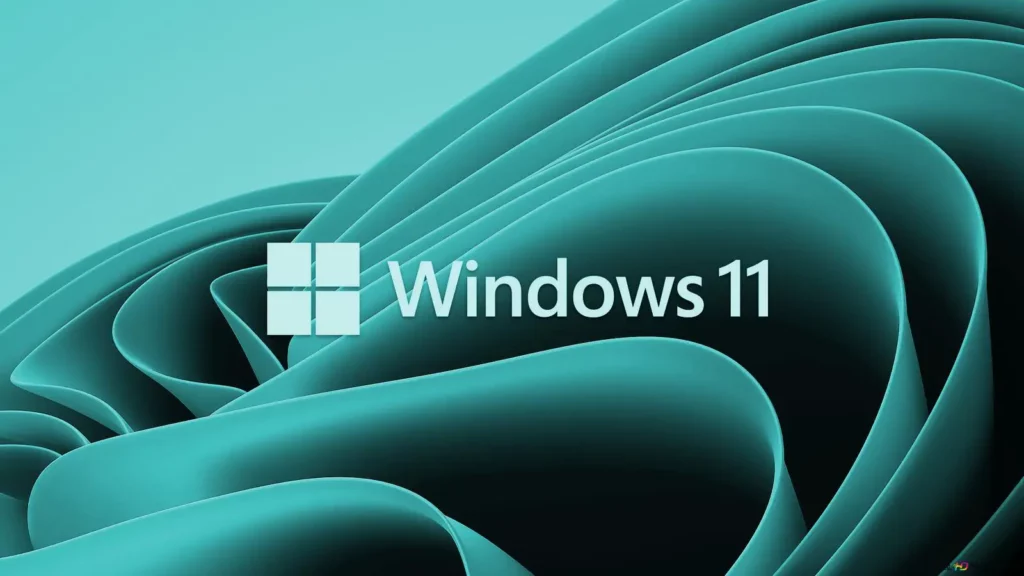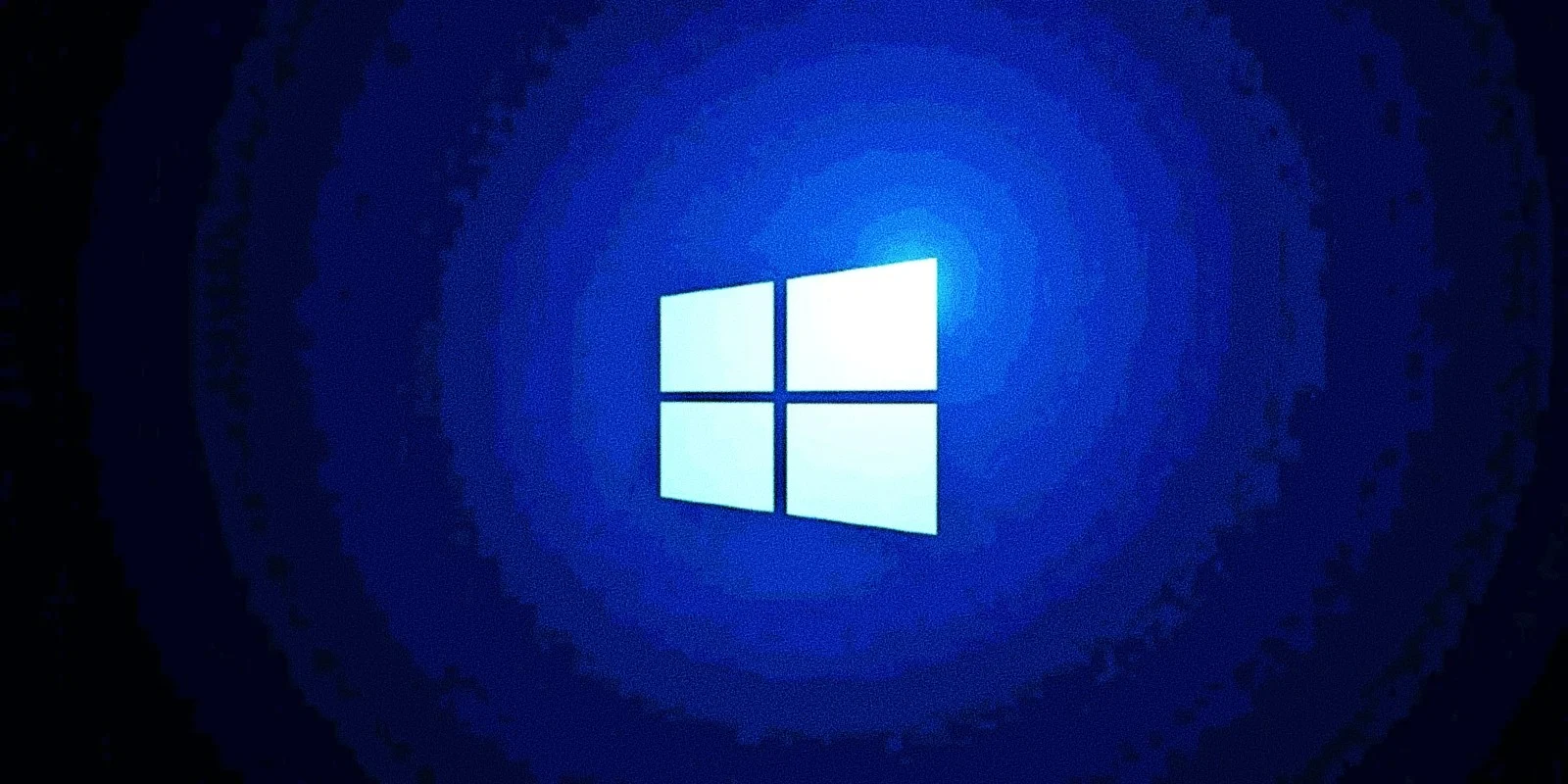The Task Manager in Windows 11 is an essential tool that allows users to monitor system performance, manage running applications, and troubleshoot problems related to high CPU, memory, or disk usage. Over time, you may customize Task Manager to suit your preferences, such as changing the view, sorting processes, or adjusting columns. However, if these settings get messed up or you just want to return to the original layout, you might want to reset all Task Manager settings back to default.
In this article, we will explore why you might want to reset Task Manager settings, and provide a detailed step-by-step guide on how to restore Task Manager to its default state in Windows 11.

Why Reset Task Manager Settings?
Before we dive into the process, let’s briefly discuss why you might want to reset Task Manager settings to default:
- Customizations Gone Wrong: If you’ve customized the Task Manager’s columns, sorting options, or view settings and want to return to the default layout, resetting the Task Manager can help.
- Fix Corrupted Settings: Sometimes, Task Manager settings may get corrupted due to a software glitch or accidental misconfiguration. Resetting can help resolve such issues.
- Troubleshooting Performance Issues: In some cases, you may face difficulties viewing critical system information after extensive customizations. Resetting the Task Manager settings can help restore its functionality to normal and make it easier to monitor your system’s performance.
- Restore Simplicity: If you feel overwhelmed by the changes or prefer the clean, default view of Task Manager, a reset will bring it back to its original layout.
Also Read- How To Uninstall Or Reinstall Recall In Windows 11
Methods to Reset Task Manager Settings to Default in Windows 11
There are a couple of ways to reset Task Manager settings in Windows 11. We will cover both manual methods and the use of Registry Editor.
Method 1: Reset Task Manager Settings via Registry Editor
The easiest way to reset Task Manager to its default settings is by modifying the Windows Registry. Here’s a step-by-step guide:
Step 1: Open Registry Editor
- Press Windows + R to open the Run dialog box.
- Type regedit and press Enter or click OK.
- If prompted by the User Account Control (UAC), click Yes to allow Registry Editor to make changes to your system.
Step 2: Navigate to the Task Manager Settings Key
Once the Registry Editor opens, you will need to locate the Task Manager settings in the registry.
- In the left pane of the Registry Editor, navigate to the following path:Copy code
HKEY_CURRENT_USER\Software\Microsoft\Windows\CurrentVersion\TaskManager - You can manually browse through the folders, or you can copy and paste the above path into the address bar at the top of the Registry Editor window and press Enter.
Step 3: Delete the Task Manager Key
- Once you’ve navigated to the TaskManager key, right-click on the TaskManager folder in the left pane.
- Select Delete from the context menu.
- Confirm the deletion by clicking Yes in the confirmation dialog.
Deleting this key will reset all Task Manager settings, including window size, column configurations, and any customizations you have made.
Step 4: Restart Task Manager
After you delete the registry key, you’ll need to restart the Task Manager for the changes to take effect.
- Close the Registry Editor.
- Press Ctrl + Shift + Esc to open the Task Manager, or right-click on the Start menu and select Task Manager.
- You should now see the Task Manager with all settings restored to their default values.
Also Read- How To Open And Use The Old Notepad App In Windows 11: A Detailed Guide
Method 2: Reset Task Manager Settings Using a Registry File
If you prefer not to manually navigate through the Registry Editor, you can create a Registry (.reg) file that will automate the process of deleting the Task Manager settings key.
Step 1: Create a New Registry File
- Open Notepad on your Windows 11 PC by searching for it in the Start menu.
- Copy and paste the following code into Notepad:plaintextCopy code
Windows Registry Editor Version 5.00 [-HKEY_CURRENT_USER\Software\Microsoft\Windows\CurrentVersion\TaskManager]
Step 2: Save the Registry File
- In Notepad, click on File and then select Save As.
- Choose a location where you want to save the file, such as the Desktop.
- In the Save as type dropdown, select All Files.
- Name the file ResetTaskManager.reg and click Save.
Step 3: Run the Registry File
- Navigate to where you saved the ResetTaskManager.reg file.
- Double-click on the file to run it.
- You will be prompted with a warning message asking if you want to allow the file to make changes to the registry. Click Yes.
- A confirmation dialog will appear stating that the changes have been successfully made.
Step 4: Restart Task Manager
After running the file, you can restart Task Manager by pressing Ctrl + Shift + Esc or reopening it from the Start menu. All Task Manager settings will now be reset to their defaults.
Method 3: Reset Task Manager by Rebuilding the User Profile
If you are encountering severe issues with Task Manager or other system components, and resetting via the registry doesn’t help, you may consider rebuilding your user profile in Windows 11. However, this method is more drastic as it will reset not just Task Manager, but also other custom settings.
- Create a New User Account in Windows 11:
- Open Settings > Accounts > Family & other users.
- Click Add account and follow the prompts to create a new local user account.
- Log in with the new user account. Since it’s a fresh profile, Task Manager and all other settings will be reset to their defaults.
- You can later migrate your files and settings from the old account to the new one.
This method is more time-consuming, but it ensures that any corrupted settings or profile issues are resolved.
Also Read- How To Add Or Remove “Edit with Photos” Context Menu In Windows 10 And Windows 11
Conclusion
Resetting Task Manager settings to default in Windows 11 is a simple process, and it can be accomplished using either the Registry Editor or a Registry file. Whether you’re troubleshooting performance issues or simply want to revert your Task Manager layout to its original state, these methods provide a quick and effective solution. By resetting Task Manager, you can restore its default functionality, allowing you to better monitor your system’s performance and resolve issues more easily.
If you encounter more serious problems, consider rebuilding your user profile as a last resort. With the steps outlined in this article, you can confidently reset your Task Manager settings and maintain a healthy and functional Windows 11 experience.

































